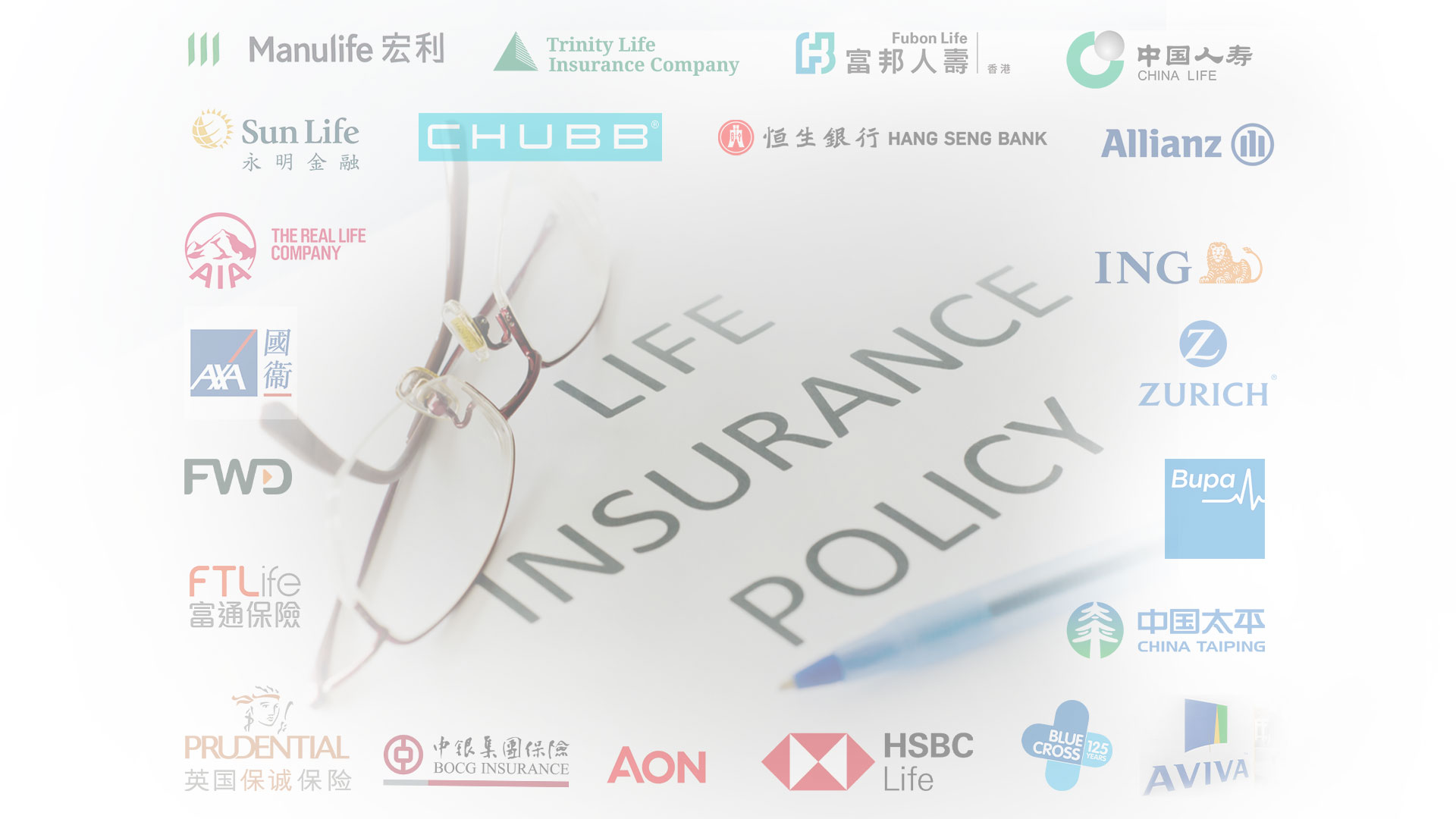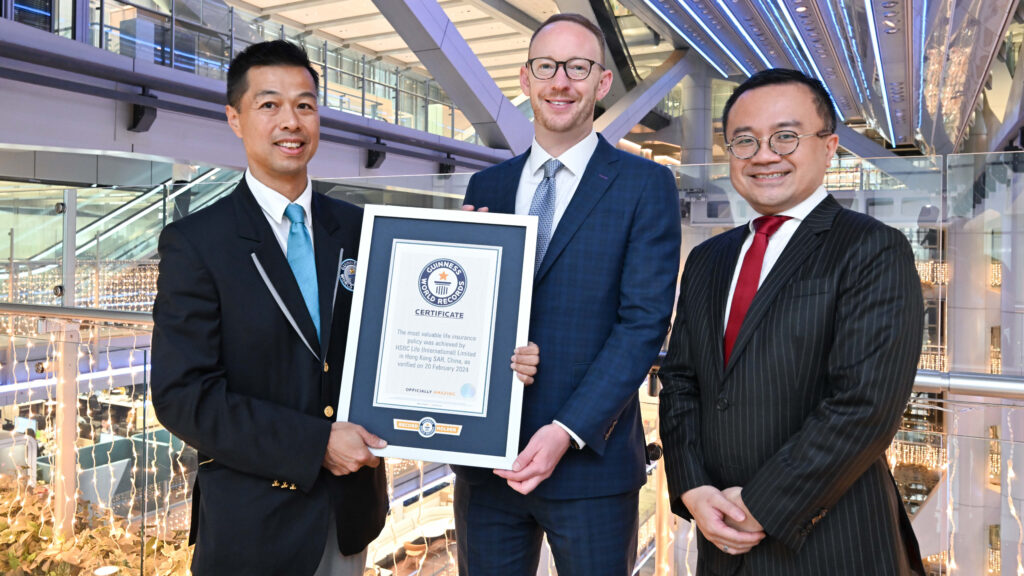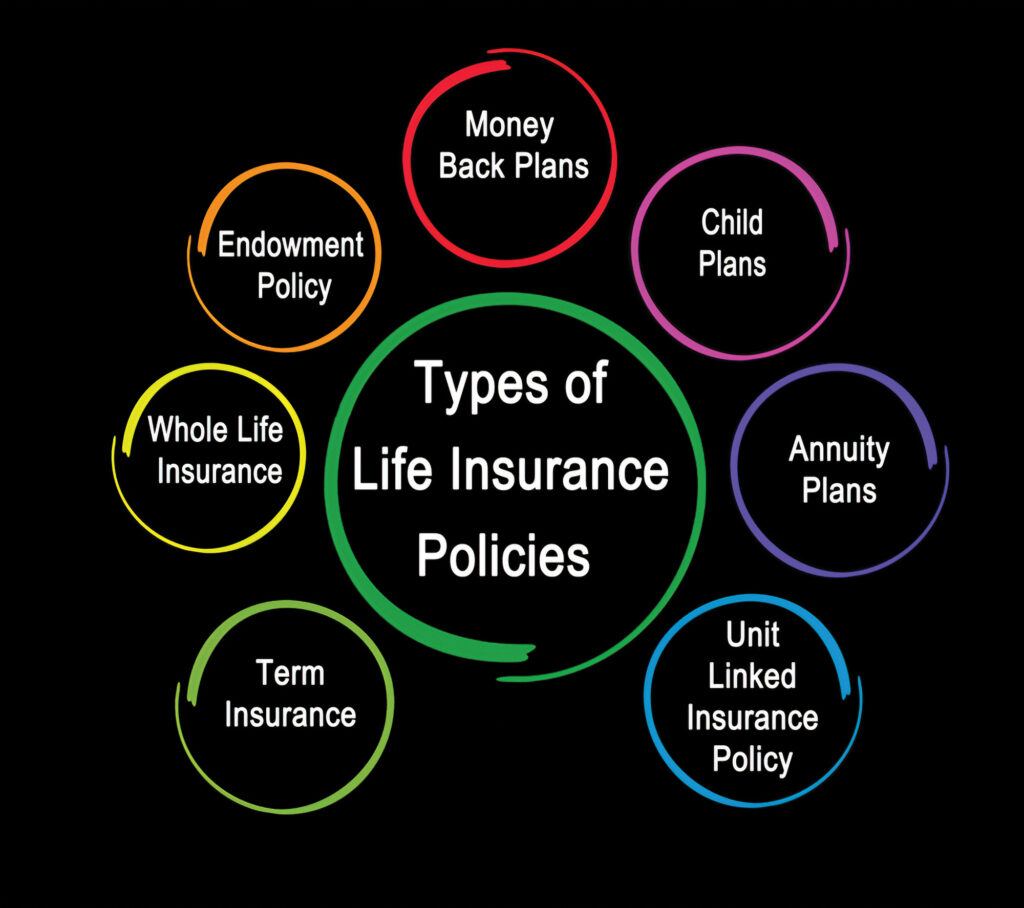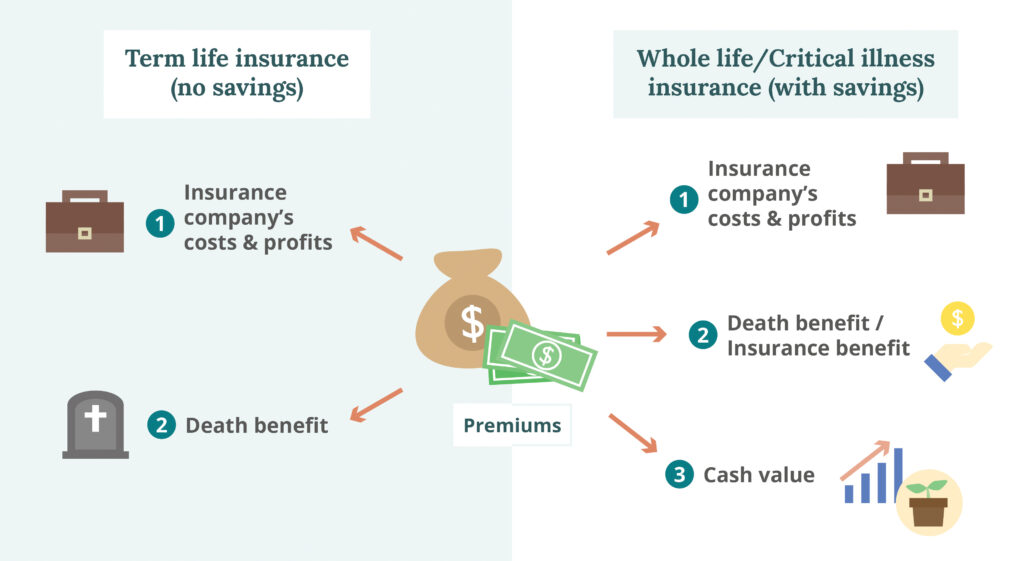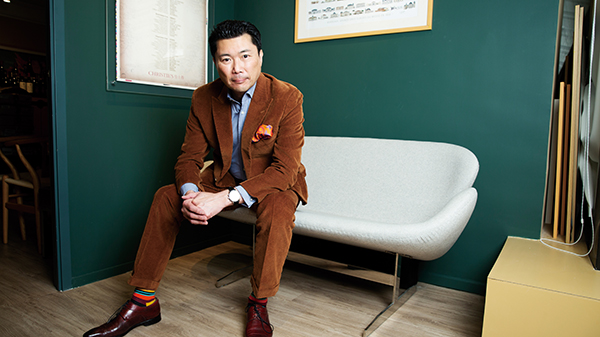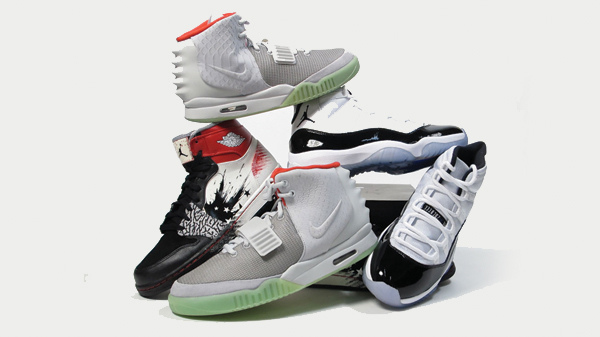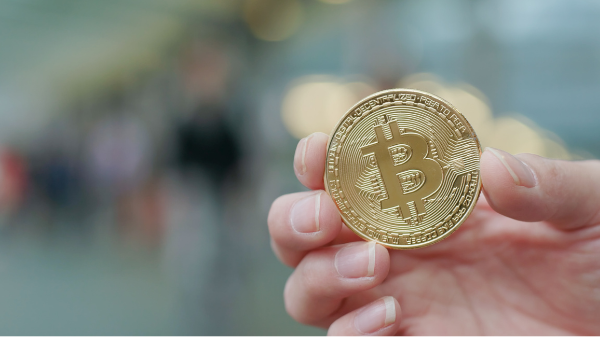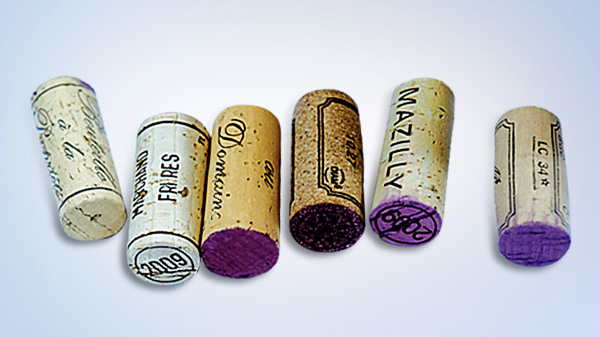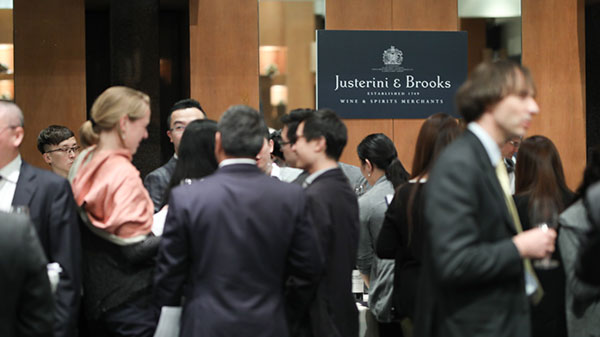Gold has held a captivating appeal through the ages, from the pharaohs with their golden masks to the limited-edition gold smartphones of today. The precious metal is a symbol of wealth, prestige and power, and both nations and individuals crave it. Traditionally it has been seen as a hedge against inflation, and over the last year its desirability has been exceptional.
China’s glittering prize
China is the largest producer of gold, followed by Australia, Russia, Canada and the US. The mainland topped the gold-mining charts with an output of 370 metric tons last year – from a worldwide total of about 3,000 metric tons. Its consistency in this regard is treasured, with the country unearthing over 300 metric tons annually for more than a decade. In the past two years, it has also overtaken India as the world’s biggest consumer of gold.
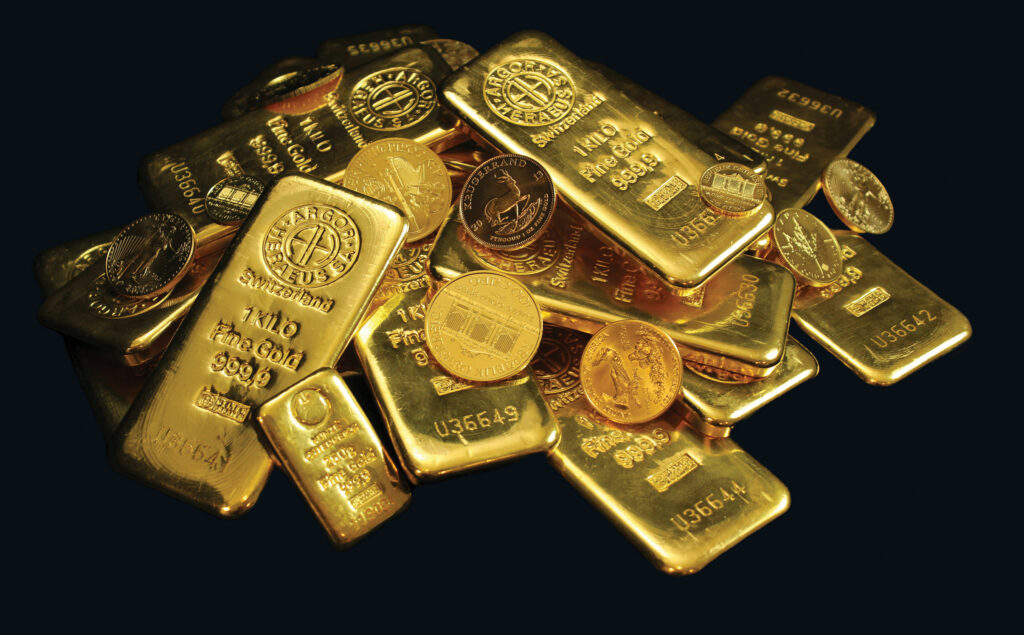
Gold reached a record high of US$2,450 (HK$19,132) per ounce on 20 May this year. According to many analysts, Chinese demand is one of the chief factors behind the recent price hikes. “China has been showing the biggest increase in demand for gold with a year-to-year increase of 68% in their purchases of physical gold in the first quarter of 2024,” says Joshua Rotbart, founder and Managing Partner of precious metals trading firm J. Rotbart & Co.
Rotbart opines that the weak Chinese currency during the first two months of 2024 was a major factor, motivating locals to preserve their wealth in a so-called safe-haven asset. An added dimension to the situation in China is that both the property and equities markets have been underperforming and showing instability. Its central bank added a whopping 225 tonnes to its gold reserves last year, easily surpassing actions of its peers.
Sam Kima, Senior Vice-President of bullion services provider First Gold, says profit-making options available to local investors have become very limited on the mainland, and that the Shanghai Gold Exchange benchmark price has been rising faster than international prices for the past couple of years, highlighting intense Chinese demand.
Jewellery bling
The Chinese middle class has perhaps taken reassurance from its central bank and is eyeing gold as a way of preserving fortunes in the absence of alternative overseas options, such as buying US dollars or US-denominated products. Many are turning to gold jewellery. The World Gold Council reported that sales of gold jewellery in China last year reached a record high of 282 billion yuan (US$39 billion).
Some analysts speculate that the increased demand for gold jewellery on the mainland is partly due to the rise of the guochao or ‘China chic’ trend, as a way of celebrating Chinese heritage and identity. The ancient goldwork techniques and skilled craftsmanship are appealing, as well as the long tradition of gold being a valuable commodity to hedge against currency devaluations and collapsing property prices.
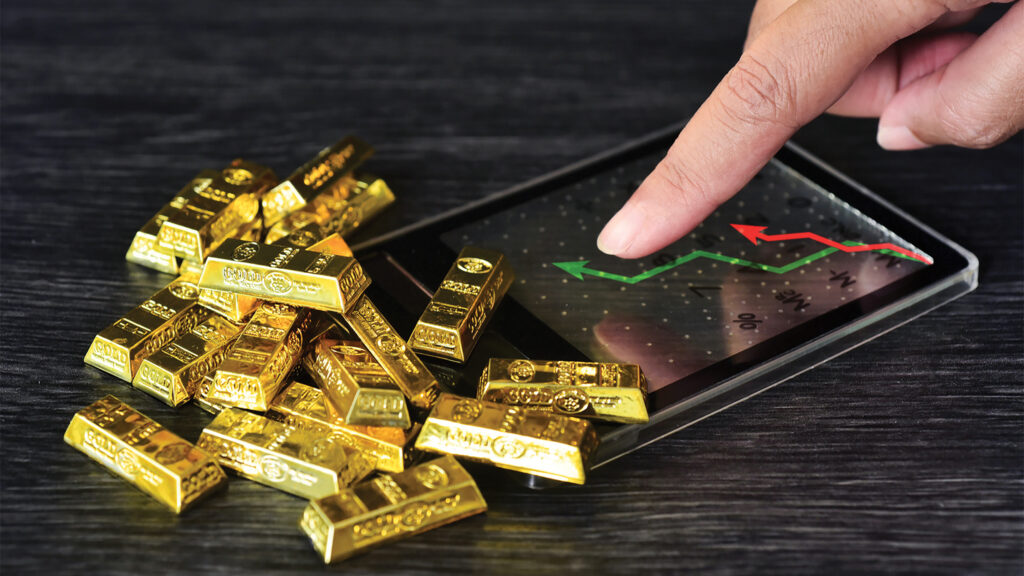
This trend is having some interesting consequences in China, as the Gen Z turns to gold in increasing numbers. “Young consumers, disillusioned by non-performing promises for making a quick buck, are moving back to a traditional asset that has proved its value,” says Rotbart.
“Jewellery investments have their own advantages such as using it as accessories or passing down wealth to the next generation, which is very common in the Chinese culture. However, gold jewellery comes with high fees charged by the makers and the retailers,” he adds, while pointing out the need to melt jewellery into gold bullion.
Raising the bars
Owning physical bars and coins provide the advantage of pure 24-carat gold investments with minimal fees, whether buying or selling. “Physical bar and coin investment would definitely be recommended in order to preserve your wealth for the long term,” he notes.
Kima says many gold jewellery brands in China are adopting innovative marketing approaches to capture the attention of young consumers attracted by the traditional Chinese aesthetics and cultural elements of the jewellery. He also points out gold is hypoallergenic, does not tarnish, and retains its value over time, presenting promising appreciation compared to other jewellery.
There have been some reports in China of jewellery scams, such as pieces containing large amounts of silver and rhenium. “Gold extracted by amalgamation or cyanidation contains a variety of impurities, including zinc, copper, silver and iron, and all of these metals are rising together on an acclivity trend,” says Kima of jewellery made with impure gold.
Economic stability
The bulk of the recent huge demand for gold came from purchases made by central banks, according to Kima, despite periods when the US dollar and Treasury yields were rising. “By holding gold, countries can instil confidence in their economic stability, especially during financial uncertainty,” he says.
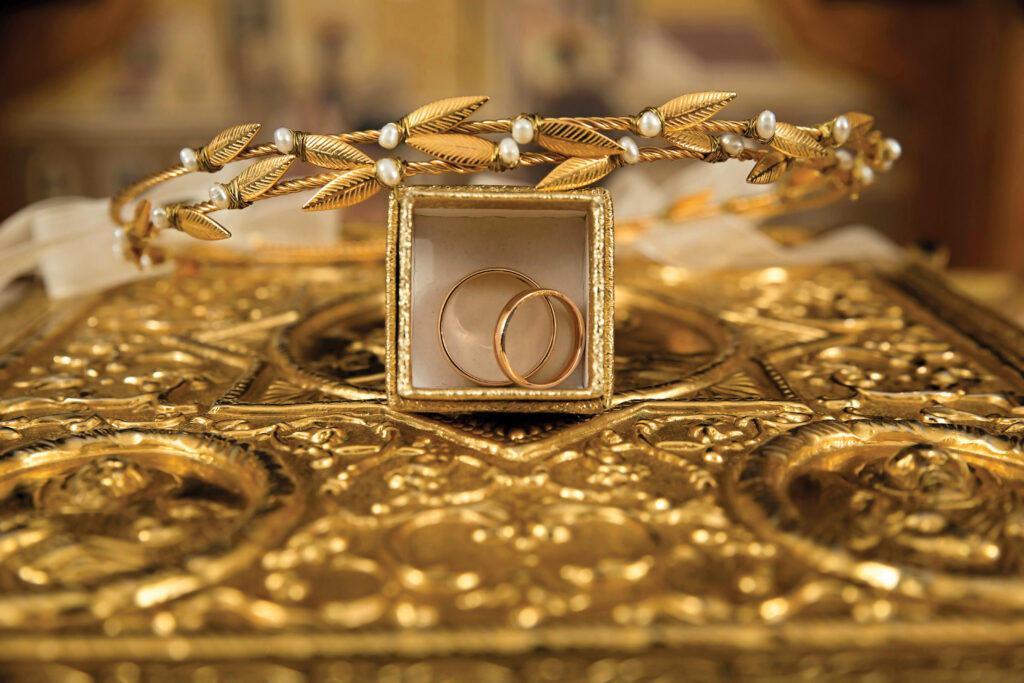
“While the gold standard is no longer widely used, some countries still view gold reserves as a means to maintain currency stability. Gold is a tangible asset; by holding it in their reserves, countries can diversify their overall portfolio. This diversification helps mitigate the risks associated with fluctuations in the value of other assets.”
Alongside China, the world’s largest gold consumer, Kima says India and Turkey have also been players recording recent strong demand. “Traditionally, India is also a helping hand during the first few months of the year, as demand in the world’s second-largest consumer for the precious metal increases due to the wedding season,” he shares.
Global uncertainty
Rotbart attributes the “phenomenal” ascent in the price of gold to a culmination of circumstances, including higher levels of debt around the world due to increased expenses on security; geopolitical uncertainties, especially the Russia-Ukraine war, the Iran-Israel conflict, the war in Gaza, and the looming elections in the US; record net purchases by central banks around the world; and expectations of lower interest rates. “Gold performs better in a low-interest environment,” he notes.
Likewise, Dr Vineet Agarwal, Reader in Finance at Cranfield School of Management, cites several interlinked factors behind the recent rapid price upswing. He notes that sanctions on Russia saw several countries (led by China and Russia) attempting to switch bilateral trade to their own currencies from the US dollar, sparking increased demand.
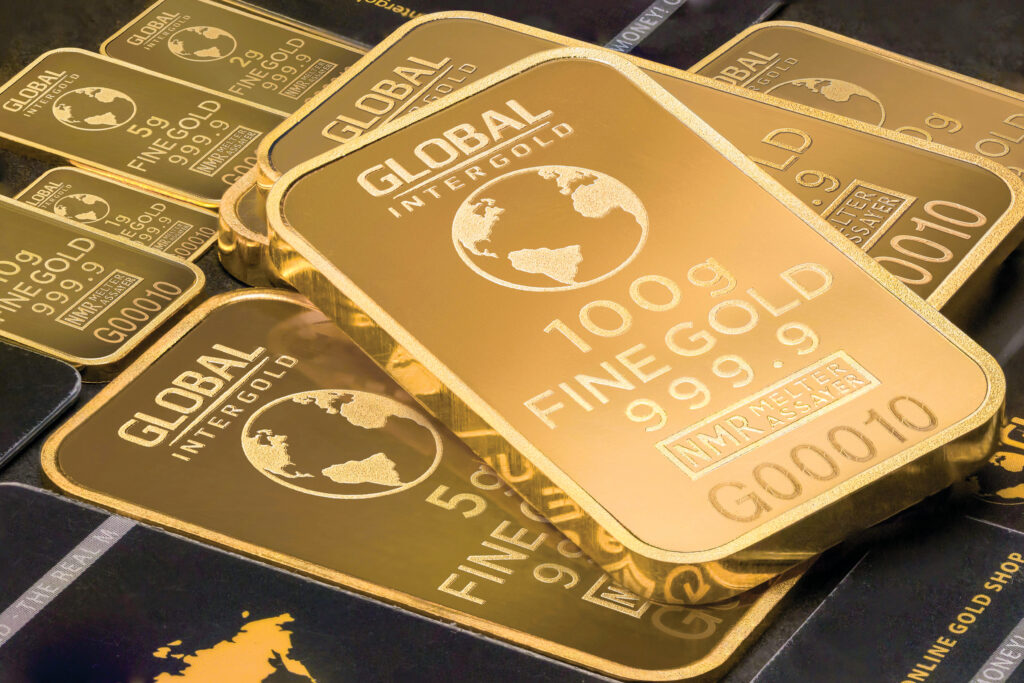
Agarwal believes the “hedge against inflation” argument for buying gold is an oft-repeated claim without much basis in fact. However, he foresees an increasingly important role for gold in global trade as certain countries try to move away from the US dollar for geopolitical and strategic reasons. He says efforts by the BRIC countries – Brazil, Russia, India and China – to try to come up with an alternative currency “will lead to a move back towards something on the lines of the Bretton Woods system and an increasingly important role of gold in global trade”.
Under the Bretton Woods Agreement of 1944, the convertibility of independent states’ currencies to US dollars was guaranteed within fixed parity rates, alongside the rate of convertibility of the dollar into gold bullion.
Go for gold
Rotbart echoes this point by stating that the top three gold-producing countries – China, Australia and Russia – are less dependent on the US dollar as they have trusted reserves in the form of gold during trade wars or geopolitical conflicts. He believes the demand for gold in terms of central bank purchases looks set to continue upwards despite record-high gold prices, reflecting the attractiveness of gold as a safe-haven asset.
He also reveals funds are being diverted to buy “physical gold” as opposed to “paper gold” due to its desirability and lack of counterparty risk, and the fact it’s not a financial product.
Photos: 3D-GOLD Jewellery (HK) Ltd




